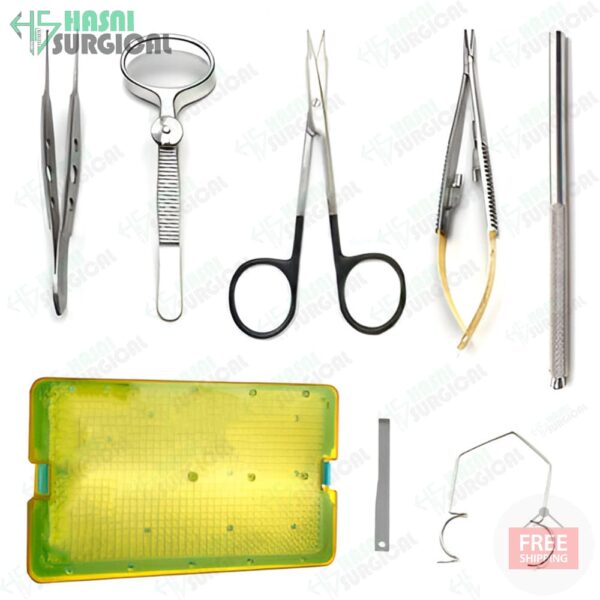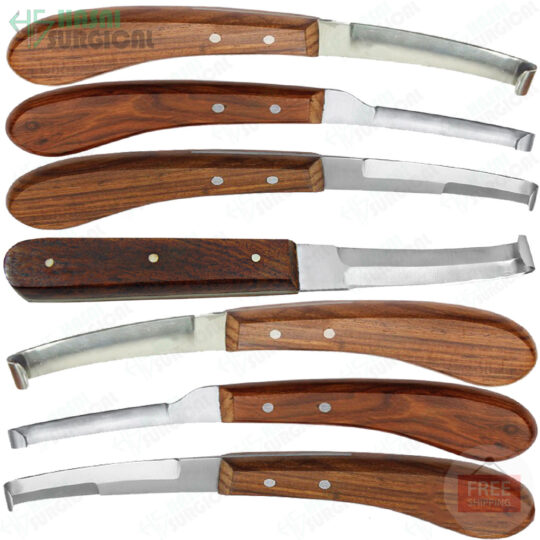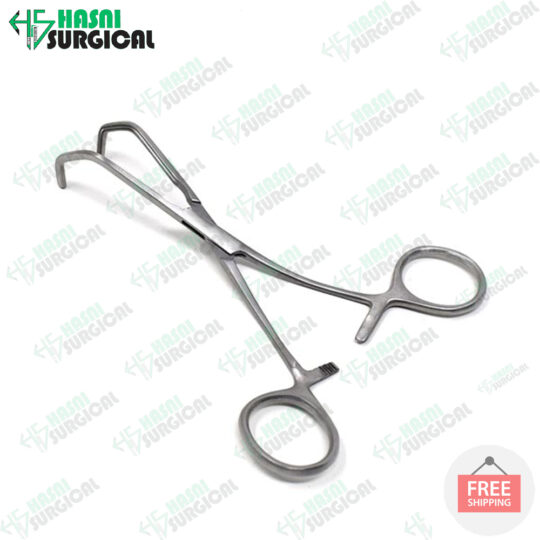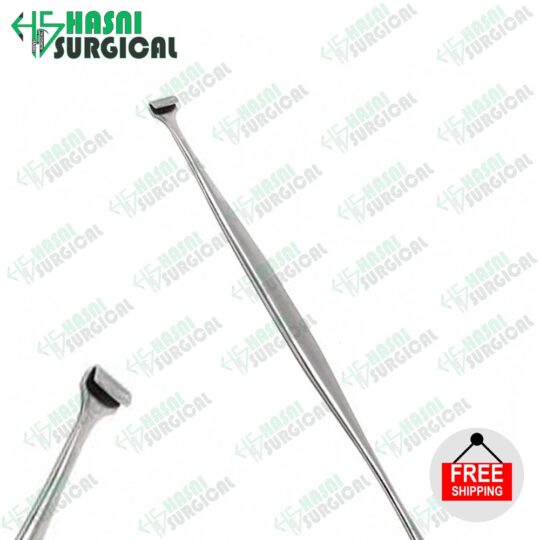Categories
Products
-
Knee Arthroscopy Surgery Set 48 pieces
$1,499.99
Highlight
- New Arrivals
- Sale
Hot items
Our best 100% Standard Veterinary Surgical Eye Care Veterinary Instruments
$29.99
Description
Standard Eye Care Veterinary Instruments
ophthalmology plays a crucial role in diagnosing and treating eye conditions in animals, ranging from small pets to large livestock and even zoo animals and wildlife. Eye care in veterinary medicine demands precision and specialized instruments, as even minor errors can lead to severe consequences for an animal’s vision. Veterinary ophthalmic instruments are essential tools that help veterinarians address various eye diseases and perform delicate surgical procedures. Among these are instruments designed specifically for different types of eye surgeries, providing the precision and control necessary to protect delicate ocular structures. For optimal eye care veterinary procedures, these specialized tools are crucial in ensuring accurate and safe treatment.
The standard veterinary ophthalmology set often includes ten essential instruments, crafted from high-grade German stainless steel to ensure durability and precision. This high-quality material is corrosion-resistant, which is vital for surgical instruments used in sterile environments, as it prevents rust and ensures the longevity of each instrument. The most common instruments in this set include needle holders, forceps, surgical scissors, and specula. Each instrument has a specific purpose and is indispensable in handling the complex needs of veterinary eye care.
Common Veterinary Ophthalmic Instruments and Their Uses
- Needle Holders
Needle holders are a staple in ophthalmic surgery and are primarily used to grip and control surgical needles while suturing delicate tissues around the eye. These holders are specially designed to maintain a firm grip on the needle, allowing the veterinarian to precisely maneuver and secure sutures without causing trauma to the surrounding eye structures. In eye care veterinary procedures, needle holders must be particularly delicate to accommodate the small, sensitive area they are used in. This precision is crucial when working around the eye, where accuracy is essential to avoid any potential damage. - Forceps
Forceps are another key tool in veterinary eye surgeries, used to grasp and manipulate tissues. There are different types of forceps, including fine tissue forceps and micro forceps, each serving unique functions. Fine tissue forceps allow ophthalmologists to carefully grip and move tissues around the eye without exerting excessive pressure. Micro forceps, on the other hand, are typically used in microsurgeries, offering high precision in handling tiny structures such as the cornea or the iris. Forceps are indispensable in ophthalmology, allowing veterinarians to stabilize tissues during procedures or to remove foreign objects from the eye. - Surgical Scissors
Surgical scissors are commonly found in ophthalmic instrument sets, particularly for making incisions in or around the eye. These scissors are crafted to handle the delicate tissues of the eye, and they often come in different designs, such as curved or straight blades, to suit specific tasks. In many veterinary ophthalmic procedures, scissors are used to maneuver around the iris and sever tissues in the cornea, iris, or other sensitive structures. The precision of these instruments allows for careful dissection, essential in procedures where even the slightest movement could lead to unnecessary tissue damage or impairment. - Specula
The speculum is a unique instrument used in ophthalmology to keep the eyelids open during surgery, ensuring unobstructed access to the eye. Specula are available in different shapes and sizes to accommodate various animal species, from small pets to larger animals. Some commonly used specula types include the Barraquer wire speculum, which has a spring mechanism to hold the eye open gently, and the adjustable speculum, which allows for customizable tension to suit the size and needs of different animals. By maintaining a steady, open position, the speculum enables the veterinarian to perform intricate procedures with clear visibility.
Importance of Veterinary Ophthalmic Instruments
The specialized design of veterinary ophthalmic instruments is intended to minimize any risk to the animal’s eye. Unlike instruments used in other types of surgeries, ophthalmic tools are finely crafted to provide maximum control with minimal invasiveness. This is especially important in veterinary settings, as animals cannot communicate discomfort or issues effectively. High-quality, German-grade stainless steel instruments ensure that veterinary ophthalmologists have reliable tools at their disposal, capable of maintaining sharpness and structural integrity over many uses. Precision instruments in eye care veterinary make a significant difference in the success rate of surgeries and treatments, ultimately protecting an animal’s vision.
Veterinary ophthalmic instruments are crucial in treating a wide range of eye conditions. From cataracts and glaucoma to trauma-related injuries, these instruments empower veterinarians to diagnose and manage complex eye diseases. Moreover, advances in ophthalmic tools have expanded the possibilities for non-invasive diagnostic procedures, helping veterinarians detect conditions early and plan effective treatment strategies. For example, the use of finer, more precise instruments can aid in minimally invasive procedures, reducing recovery times and minimizing pain for the animals.
The Role of Ophthalmology in Veterinary Care
Standard Veterinary ophthalmology has grown significantly with the development of more specialized instruments, allowing veterinarians to offer better care for animals’ eye health. Whether addressing small, common ailments or performing complex surgeries, the availability of high-quality ophthalmic instruments has enhanced the field’s capabilities. For pet owners, farmers, and wildlife specialists, these advancements mean access to better diagnostics, improved treatments, and the preservation of animal health and vision.
In conclusion, veterinadsf.vom
ophthalmic instruments are indispensable in providing the high level of care required for animal eye health. With an effective set of tools, veterinarians can perform delicate procedures safely and accurately, offering animals the chance to recover with minimal discomfort. German-grade stainless steel instruments ensure durability and precision, making these instruments a wise investment for any veterinary practice focused on providing comprehensive eye care veterinary services. By continually advancing in this field, veterinary ophthalmology continues to improve, offering hope for animals with eye conditions and ensuring that they can enjoy a better quality of life with healthier, clearer vision.






































Reviews
There are no reviews yet.